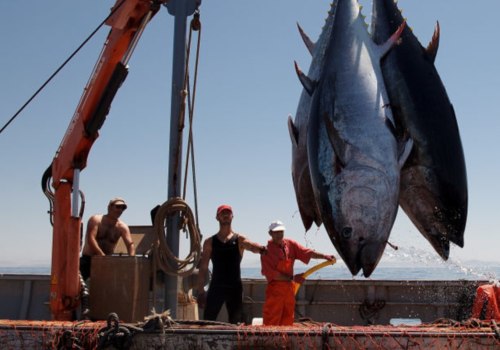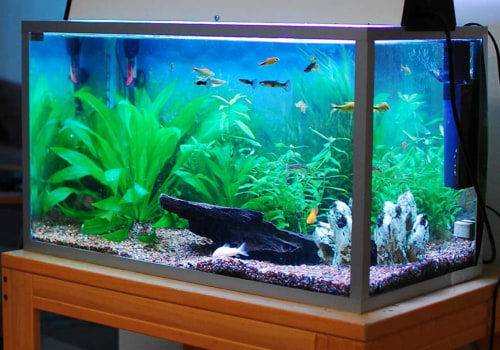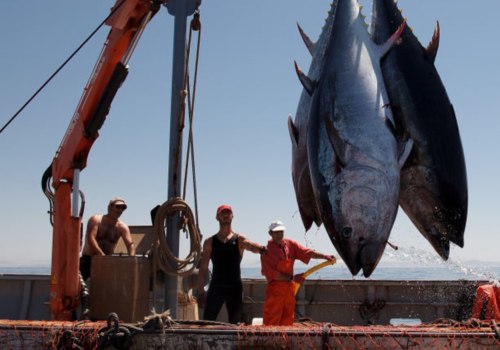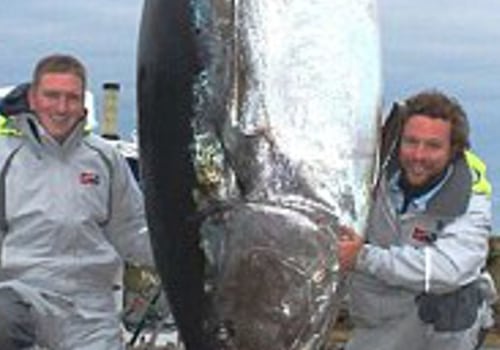Fishing between dusk and dawn is best when looking for tuna. Without daylight, it's easier to increase the weight of the gear without the sharp eyes of a tuna being aware of the situation. Heavier tackle can greatly improve your chances of catching one of these intensely fighting fish. Like cod and haddock, tuna also loves less intense sunlight.
Early in the morning before the sun touches the water is a good time to get out. The cloudiest mornings are even the best, since these two aspects are what tuna enjoys the most. Be sure to pack heavy equipment, as it's not as weak as you think. Eat more breakfast to make sure you catch that guy easily.
In the same area you can find bluefin tuna, small tunics, Atlantic bonito, bullet tuna and mackerel. Fixing the success of a trip to the lunar cycle reminds me of one of those old and useless curiosities that reveal that any cure for warts, from putting adhesive tape on it for a penny, rubbing them every night and believing that they will disappear, to burning them with liquid nitrogen is successful fifty percent of the time; the same is true with the lunar cycle and the results of fishing: at least fifty percent of the time it is reason, at least fifty percent of the time. The most recent innovations in tackle, kites, balloons, cutting techniques and a reliable supply of live sardines have improved the chances of catching big fish during the day. For the last decade or so, the best fishing for yellowfin tuna in Costa Rica was always during the green season, which runs from May to November, when Costa Rica has afternoon rains several days a week, which is why it is also considered the country's low season for tourism.
He points out that yellow-finned banks can come and go quickly; mating them during a hot bite wastes time and can deprive you of a second chance against a group of fish. The night game for them began in the early 1970s, when most of the larger tunas faced on the Revillagigedo Islands of Mexico arrived at night. There are many times when people are quick to blame the moon for poor fishing when the results, or lack of it, are related to effort, such as when the driver is convinced that under full load they turn it off, so he closes his eyes, ears and instinct in response; a big mistake. Hobby anglers who hunt big yellow-fin tuna aboard San Diego's long-range boats expect to spend more time fishing than sleeping at night.
Rollo Heyn, also captain of the Royal Polaris, remembers a night about 10 years ago when: “We ate an exceptional bite of tuna. Fishing under the cover of darkness offers a clear advantage over daytime tuna techniques, as it can significantly increase the size and strength of equipment, hooks, outfits and line. My personal preference is to fish when entering a phase, full or new, and then being in the water for three or four days after the peak of the cycle. As a popular ingredient in some Asian cuisines, they are becoming a target for most anglers today.
Sometimes, even large tunas feed on smaller fish, so it makes sense to use small live baits.




Leave Message